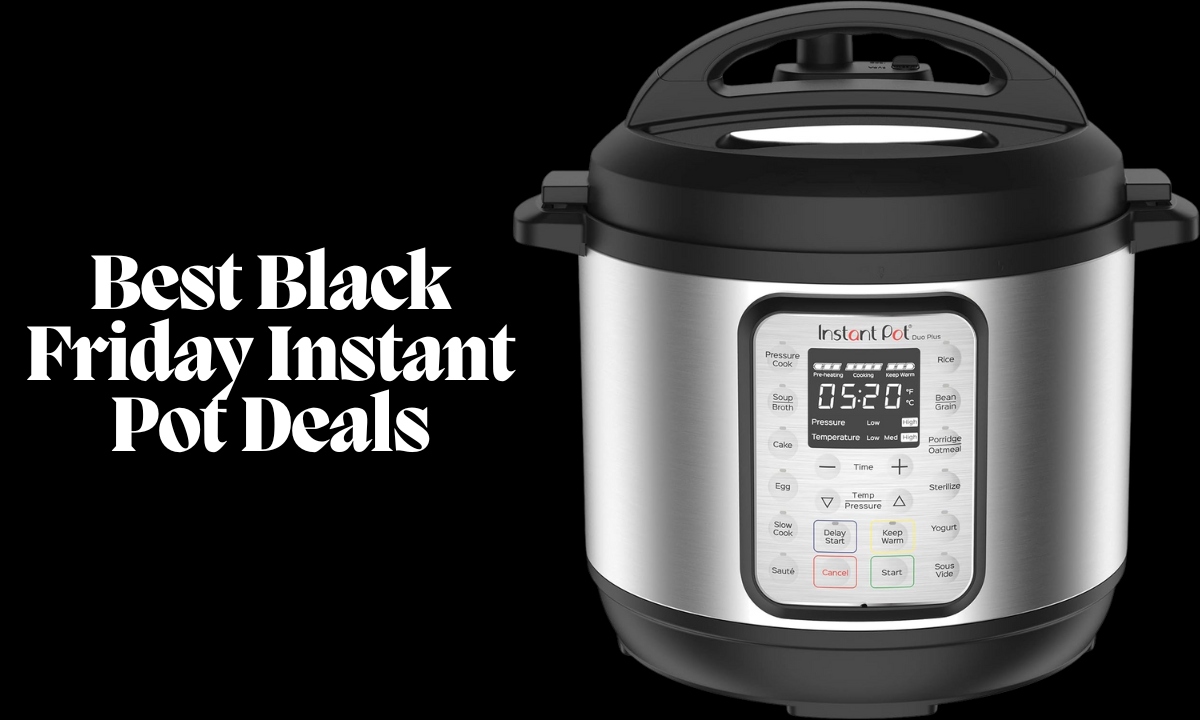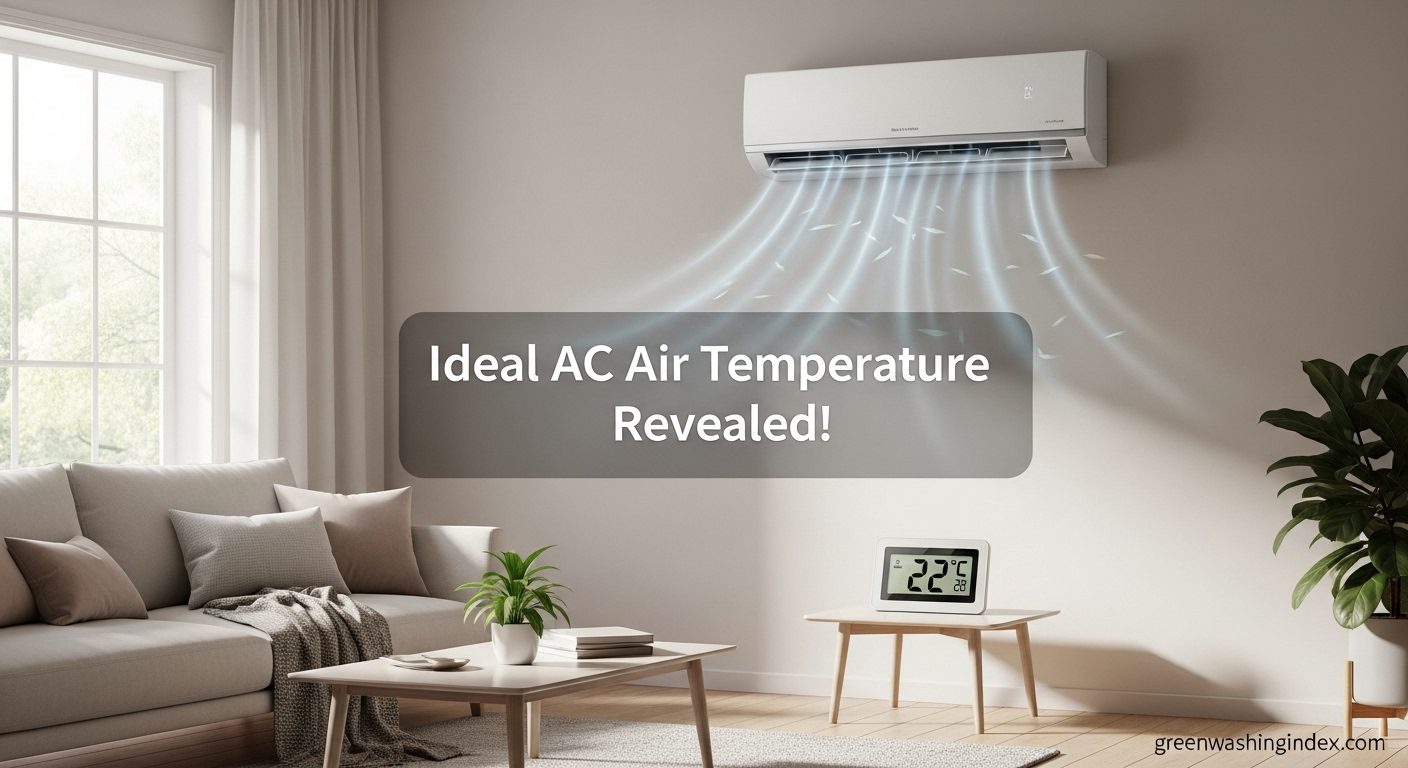

When I checked my AC vents last summer and felt lukewarm air instead of the expected arctic blast, I immediately worried something was wrong. After extensive research and consultations with HVAC professionals, I discovered that understanding proper AC air temperatures isn’t just about comfort – it’s crucial for energy efficiency and reducing environmental impact.
The ideal temperature differential between your AC’s supply air (coming from vents) and return air (entering the system) should be between 14°F and 22°F. This means if your room temperature is 78°F, the air from your vents should measure between 56°F and 64°F. However, this range varies based on humidity levels, system type, and environmental factors that directly impact both performance and energy consumption.
Let me share what I’ve learned about optimizing AC temperatures for both comfort and sustainability, including EPA recommendations that can cut your cooling costs by up to 23% while reducing your carbon footprint.
Delta T, or temperature differential, represents the difference between your return air temperature and supply air temperature. This measurement serves as the primary indicator of your AC system’s performance and efficiency. According to ASHRAE Standard 55, maintaining proper Delta T ensures optimal comfort while minimizing energy waste.
To measure your system’s Delta T accurately, you’ll need a digital thermometer. First, measure the temperature at a return air vent (usually larger vents where air enters the system). Then, measure the temperature at multiple supply vents (where cool air exits). The difference between these readings is your Delta T.
Professional HVAC technicians consider a Delta T between 15°F and 20°F optimal for most residential systems. Lower differentials often indicate refrigerant issues, dirty filters, or oversized systems cycling too frequently – all problems that waste energy and increase emissions.
Central AC systems typically produce the most consistent temperature differentials. Supply air temperatures should range from 55°F to 60°F when properly functioning. These systems maintain efficiency through proper sizing and regular maintenance, with ENERGY STAR certified models reducing energy consumption by 15% compared to standard units.
The return air temperature in central systems usually matches your thermostat setting. If you follow the EPA’s recommendation of 78°F when home, your supply air should measure between 56°F and 64°F for optimal efficiency.
Window and portable units often produce slightly different temperature ranges due to their design. Supply air temperatures typically range from 58°F to 65°F, with Delta T values between 12°F and 18°F. These units work harder in extreme heat, making proper sizing crucial for efficiency.
If you’re experiencing issues with portable units not cooling properly, understanding temperature differentials helps diagnose problems. For detailed troubleshooting steps, check out this comprehensive portable AC troubleshooting guide that covers common temperature-related issues.
Mini-split systems offer exceptional efficiency with supply temperatures ranging from 50°F to 58°F. Their inverter technology adjusts output based on demand, maintaining consistent temperatures while using 30-40% less energy than traditional systems. These systems excel at maintaining proper Delta T across varying conditions.
Humidity significantly impacts perceived cooling and actual temperature readings. High humidity reduces your AC’s ability to cool effectively, as the system must work harder to remove moisture. In humid climates (above 60% relative humidity), expect Delta T values at the lower end of the range, around 14°F to 17°F.
Dehumidification consumes substantial energy – approximately 25% of your AC’s total power usage in humid conditions. Using a separate dehumidifier or selecting an AC with enhanced moisture removal capabilities improves both comfort and efficiency.
Extreme outdoor temperatures stress AC systems, affecting output temperatures. For every degree above 95°F outdoor temperature, your AC efficiency drops by approximately 1%. During heat waves, supply air temperatures might only reach 62°F to 68°F, still within acceptable ranges but requiring longer run times.
The Department of Energy recommends raising thermostat settings by 7°F to 10°F when away from home for eight hours, saving up to 10% annually on cooling costs. Smart thermostats automate these adjustments, optimizing temperatures based on occupancy and weather conditions.
AC systems lose approximately 5% efficiency annually without proper maintenance. A 10-year-old system without regular service might produce supply temperatures of 65°F to 70°F – barely adequate for cooling and extremely wasteful energy-wise.
Regular maintenance tasks that preserve proper temperatures include monthly filter changes, annual coil cleaning, and refrigerant level checks. These simple steps maintain optimal Delta T while extending system life and reducing environmental impact.
The EPA’s ENERGY STAR program recommends specific temperature settings for maximum efficiency. Setting your thermostat to 78°F when home and 82°F while sleeping reduces energy consumption by 20-30% compared to maintaining 72°F constantly. Each degree of adjustment saves approximately 3% on cooling costs.
ENERGY STAR certified AC units maintain proper temperature differentials while using 15% less energy than standard models. Over a unit’s lifetime, this translates to preventing 3,000 pounds of greenhouse gas emissions – equivalent to planting 38 trees.
Implementing sustainable cooling strategies enhances your AC’s temperature performance while minimizing environmental impact. Using ceiling fans allows you to raise thermostat settings by 4°F without affecting comfort, as moving air increases evaporative cooling on skin.
Strategic shading reduces heat gain by up to 45%, helping maintain cooler return air temperatures. Installing window treatments, planting deciduous trees, or adding awnings prevents solar heat from overwhelming your system, maintaining optimal Delta T with less energy.
Programmable and smart thermostats optimize temperature schedules based on occupancy patterns, preventing unnecessary cooling when spaces are unoccupied. These devices typically reduce cooling costs by 23% while maintaining comfort when needed.
The CDC recommends maintaining indoor temperatures between 75°F and 80°F for elderly individuals, as they’re more susceptible to heat-related illness. For homes with seniors, achieving proper AC output temperatures becomes critical for health rather than just comfort.
Infants and young children require stable temperatures between 68°F and 72°F, according to pediatric guidelines. Monitoring supply air temperatures ensures consistent cooling without creating uncomfortable drafts or cold spots in nurseries.
Research indicates optimal sleeping temperatures range from 65°F to 68°F. However, achieving these temperatures through AC alone wastes significant energy. Instead, use programmable thermostats to gradually lower temperatures before bedtime, then raise them during sleep when metabolic rates naturally decrease.
Supply air temperatures during nighttime cooling should remain within standard ranges (55°F to 65°F) to prevent system strain and maintain efficiency. Using sleep mode features on modern AC units optimizes both temperature and fan speeds for comfortable, efficient nighttime cooling.
When supply air temperatures exceed 65°F, several issues might be responsible. Dirty air filters restrict airflow, reducing cooling capacity by up to 15%. Replace filters monthly during peak cooling season to maintain proper temperatures and efficiency.
Low refrigerant levels cause inadequate cooling and higher supply temperatures. If you notice temperatures above 68°F at vents despite continuous operation, schedule professional service immediately. Refrigerant leaks not only waste energy but also harm the environment through greenhouse gas emissions.
Frozen evaporator coils produce intermittent cooling with fluctuating temperatures. This condition often results from restricted airflow or low refrigerant. Turn off the system to allow defrosting, then check filters and vents for obstructions before restarting.
Contact HVAC professionals when Delta T falls below 14°F or exceeds 22°F consistently. These ranges indicate system problems requiring expert diagnosis and repair. Additionally, seek professional help if supply temperatures exceed 70°F or fall below 50°F, as these extremes suggest serious mechanical issues.
Annual professional maintenance prevents most temperature-related problems while ensuring peak efficiency. Technicians check refrigerant levels, clean coils, verify airflow, and calibrate thermostats – all crucial for maintaining proper temperatures and minimizing energy waste.
Safety concerns also warrant immediate professional attention. If you’re aware of any air conditioner safety recalls affecting your unit, addressing these issues takes priority over temperature optimization.
Normal AC vent temperatures range from 55°F to 65°F, depending on your thermostat setting and system type. The key metric is maintaining a 14°F to 22°F difference between supply and return air temperatures for optimal efficiency.
If your AC can’t cool below 75°F, it might be undersized, low on refrigerant, or struggling with extreme outdoor temperatures. Check your Delta T – if it’s below 14°F, you likely need professional service to restore proper cooling capacity.
Improve Delta T by replacing dirty filters monthly, sealing duct leaks, ensuring proper insulation, and scheduling annual maintenance. These steps can increase temperature differential by 3°F to 5°F while reducing energy consumption by 20%.
No, setting your thermostat to 60°F won’t cool your home faster than setting it to 75°F. AC systems cool at a constant rate regardless of temperature setting. Lower settings only waste energy by overcooling spaces.
The EPA recommends 78°F when home and awake, 82°F while sleeping, and 85°F when away. These settings balance comfort with efficiency, reducing cooling costs by up to 30% compared to maintaining 72°F constantly.
High humidity reduces your AC’s effective cooling capacity by 25-30%. In humid conditions above 60%, Delta T typically decreases to 14°F to 17°F as the system works harder to remove moisture from air.
AC vents shouldn’t blow extremely cold air (below 50°F), as this indicates potential issues like oversizing or incorrect refrigerant charge. Optimal supply temperatures of 55°F to 60°F provide efficient cooling without system strain.
Yes, poor insulation significantly impacts AC temperatures by allowing heat infiltration. Proper insulation can improve Delta T by 2°F to 4°F while reducing cooling costs by 15-20% through reduced heat gain.
Understanding proper AC air temperatures transforms how we approach cooling our homes. The ideal Delta T of 14°F to 22°F serves as more than a technical specification – it’s a benchmark for efficiency, comfort, and environmental responsibility.
By monitoring supply air temperatures and maintaining your system properly, you’ll achieve optimal cooling while minimizing energy waste. Remember that every degree of adjustment impacts both your utility bills and carbon footprint. Following EPA guidelines and implementing sustainable cooling practices can reduce your cooling costs by 30% while preventing thousands of pounds of CO2 emissions annually.
Regular maintenance, proper temperature settings, and awareness of your system’s performance indicators ensure years of efficient, comfortable cooling. Whether you’re troubleshooting current issues or planning system upgrades, understanding AC temperature fundamentals empowers you to make informed decisions that benefit both your wallet and the environment.
